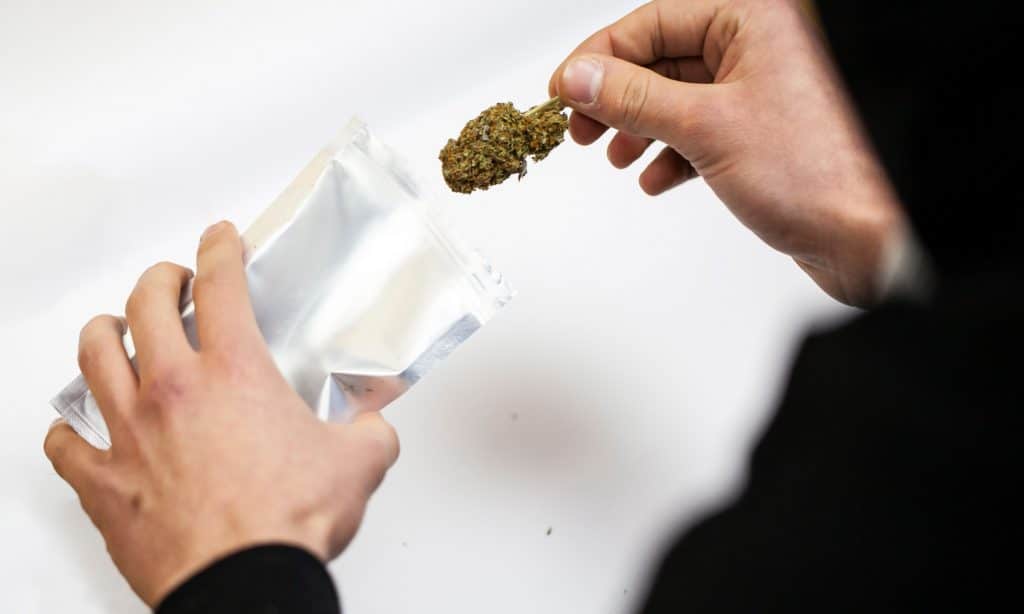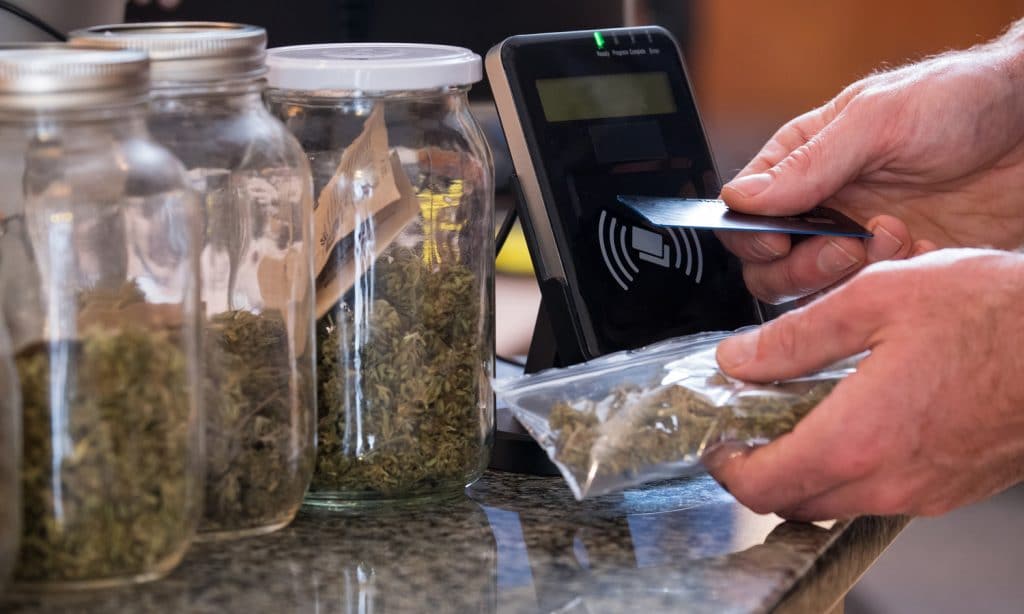The sheer range of cannabis effects and characteristics are what make it globally beloved, and it requires a look at the sum of its parts.
Walk into any licensed cannabis dispensary in a recreational state and you’ll notice — weed can get pretty expensive. Eighths can range from a reasonable $30 to as much as $80, before taxes even get factored in.
Many consumers feel like they need to get their money’s worth, and much like with alcohol, have looked to THC content to determine if the sticker price is worth it. The demand for flower that tests at 30% THC or more has become so prominent that growers often can’t sell their relatively low-testing flower to retailers.

But as it turns out, THC is far from the best indicator of a flower’s potency, let alone its overall quality. THC content is one static result in a live organism that changes with its environment, and should never be the deciding factor. Here’s what else you should look for when purchasing marijuana.
Check the Cultivation and Packaging Dates
The days of growers bringing fresh pounds of cannabis in turkey bags in the dispensary back door are sadly over. Industry regulations require inventory tracking, lab tests, compliant packaging and distribution in order to get any buds from the garden to the shelves, all of which take time.
RELATED: Why You Should Smell Your Weed Before Buying
It’s unfortunate, but far from unusual to see cannabis being sold six months after it was cultivated. Exposure to light and oxygen degrades THC content and converts it to the more sedating and less psychoactive cannabinoid CBN, which is great if you’re sleep deprived, but not much else.
Ask About Terpenes
More and more companies are now offering terpene profiles in addition to just cannabinoid content, which is a win for consumers. Terpenes are aromatic compounds found in cannabis and innumerable other plants responsible for that “dank” smell, but in cannabis they converge with cannabinoids in what’s called the entourage effect to express a certain strain’s effects.
RELATED: Here’s Why Cannabis Terpenes Are So Very Important
The earthy, stony OG Kush, for example, has a very different terpene profile than zippy Super Lemon Haze, and the two provide distinct highs. A low terpene content can indicate poor cultivation methods or an aged product, neither of which a high THC content can make up for. Your budtender or dispensary associate may have more information as well.
Research the Brand
Wine grown in Napa Valley is going to taste different than wine grown in Martha’s Vineyard, and the same goes for cannabis. Location, genetics and growth methods can result in two versions of the same strain having almost nothing in common, except the name.

A company that specializes in outdoor cultivation won’t offer the same experience as an indoor-grown brand, and larger companies may partner with smaller growers to white-label their crops instead of growing their own.
See it Up Close, if You Can
Cannabis is a visual plant, just take a scroll on Instagram or a perusal of cannabis magazines. These images are typically the creme de la creme, and can be used as a point of reference against what you see in stores, provided pandemic guidelines allow you to view and sniff samples.
RELATED: The Worst Marijuana Strains Of All-Time — And How To Choose The Best
Fresh cannabis not only smells fresh, but looks like it. Colors of the leaves and pistils are vibrant, not browning, the crystal-like trichomes should still be white, and the bud should even have a slightly wet appearance. There should never, under any circumstances, be any stems or seeds mixed in.
The healing power of cannabis is a group effort that THC alone can’t provide, nor should it. The sheer range of cannabis effects and characteristics are what make it globally beloved, and it requires a look at the sum of its parts, not by the numbers.


